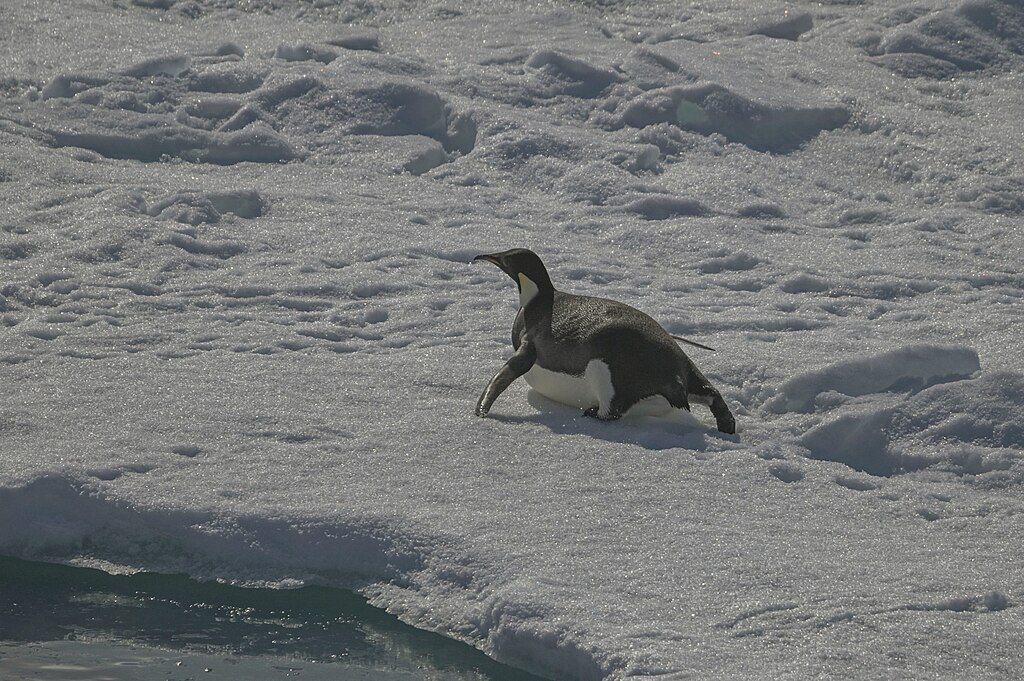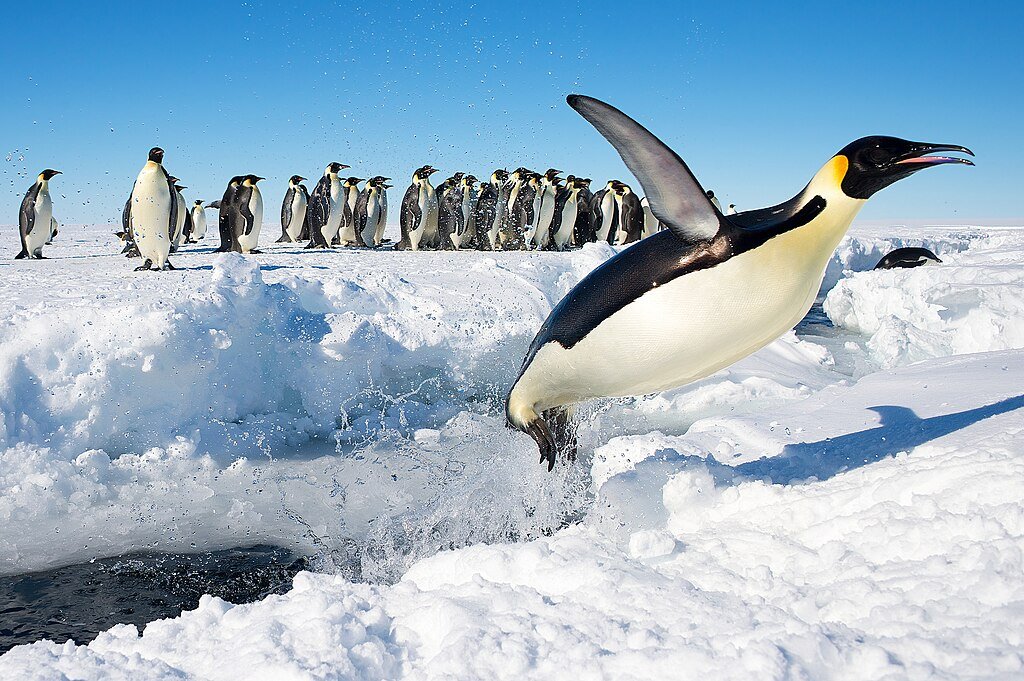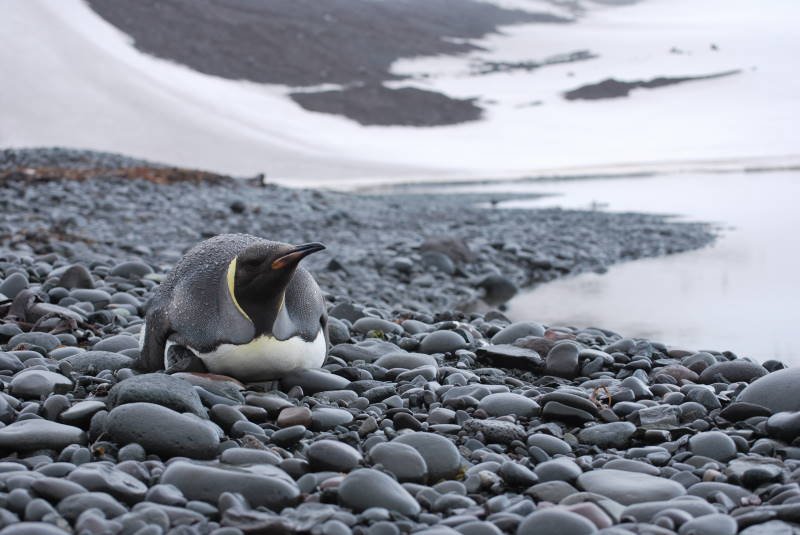New research has revealed that emperor penguins are experiencing a faster-than-expected decline due to shrinking Antarctic sea ice. A study by the British Antarctic Survey analyzed satellite images from 2009 to 2024, showing a 22 percent drop in emperor penguin numbers across key colonies. This rate of loss is 50 percent worse than previous estimates, raising concerns about the species’ future.
The Critical Role of Sea Ice in Emperor Penguin Survival

Emperor penguins depend on fast ice, a stable sheet of sea ice attached to the Antarctic coast, for breeding. This ice must remain intact well into the summer months so that chicks develop waterproof plumage before entering the ocean. However, climate change is disrupting this natural cycle, causing the ice to break up prematurely. Chicks that fall into the water too soon often do not survive, leading to dramatic population declines in several colonies.
Satellite Data Reveals Rapid Population Decline
Using high-resolution satellite imagery, researchers tracked sixteen emperor penguin colonies south of South America. The study found an average 1.6 percent annual decline, with some colonies experiencing complete collapse due to premature ice melt. Scientists warn that if current trends continue, emperor penguins could face near-extinction by 2100. These findings emphasize the urgent need for conservation measures to slow the pace of climate change and protect vulnerable species.
Additional Climate Pressures on Emperor Penguins
Beyond sea ice loss, emperor penguins also face challenges related to shifting weather patterns, food scarcity, and increased predation. Stronger storms and rising temperatures disrupt their feeding cycles, forcing them to travel greater distances to find food. Declining krill populations, a primary food source for emperor penguins, further threaten their survival. Additionally, predators such as seals and orcas pose significant risks to weakened individuals, compounding the effects of environmental stress.
Conservation Strategies and Future Research
Scientists emphasize the need for immediate action to mitigate climate change and slow Antarctic ice loss. Conservation efforts currently include monitoring breeding colonies, reducing carbon emissions, and protecting marine ecosystems that sustain penguin food sources. Researchers also plan to expand satellite surveys to assess whether similar declines are occurring across the entire continent. Understanding emperor penguin population trends can help conservationists develop more effective strategies to protect these birds and their fragile habitat.
Conclusion

The rapid decline of emperor penguins highlights the severe impact of climate change on Antarctic wildlife. As sea ice continues to shrink, emperor penguins face an uncertain future. Immediate conservation efforts and global climate policies will be crucial in determining whether these iconic birds can adapt or if they will become another casualty of a warming planet. By prioritizing climate action and habitat protection, researchers hope to safeguard emperor penguins for future generations.
Source:





